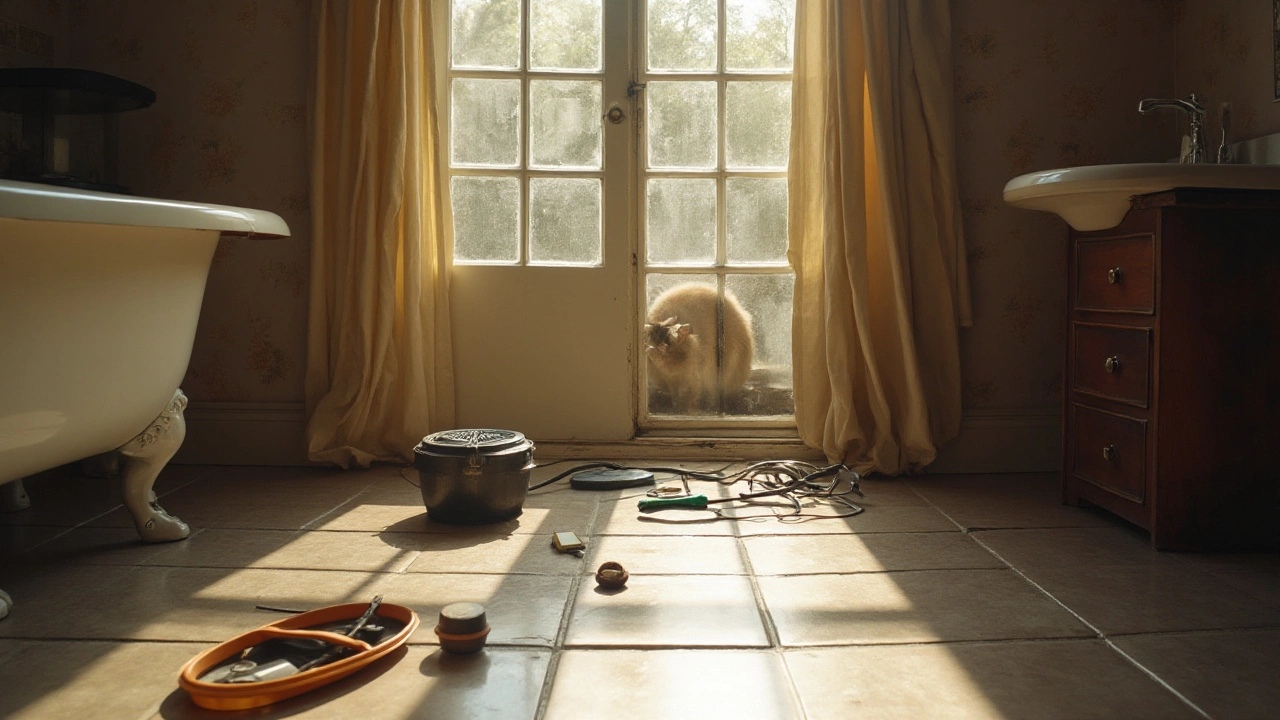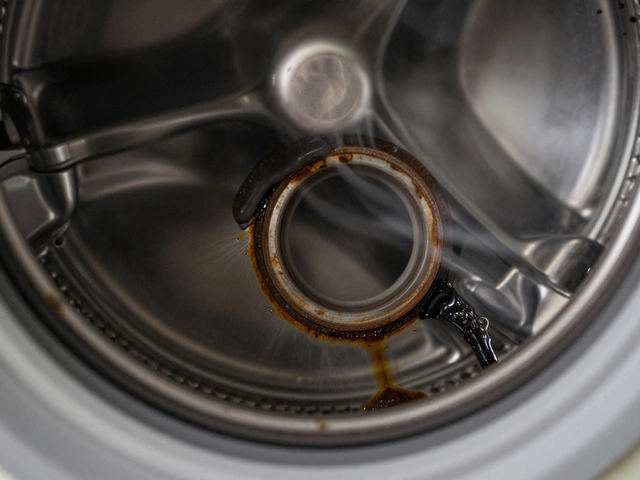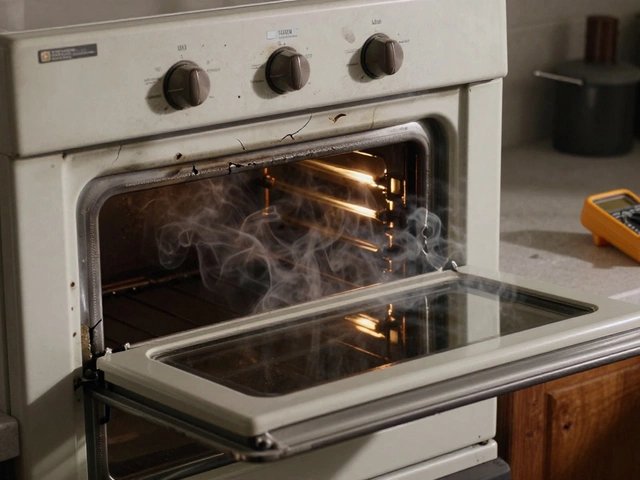How to Fix a Bathroom Fan – Simple Steps Anyone Can Do
If your bathroom fan is humming, rattling, or just won’t turn on, you don’t have to live with stale air forever. Most fan issues are caused by a dirty blade, a loose connection, or a tripped motor. Below you’ll find a clear, step‑by‑step plan that lets you tackle the problem yourself or decide when it’s time to call Hinckley Home Appliance Repair Services.
Identify the Common Symptoms
First, note what the fan is doing (or not doing). A fan that won’t start usually points to a power issue – check the circuit breaker or wall switch. A noisy fan often means dust has built up on the blades or the motor bearings are wearing out. If the fan runs but doesn’t pull air, the vent may be blocked or the ductwork collapsed.
Step‑by‑Step DIY Fixes
1. Turn the power off. Safety comes first. Switch off the breaker that feeds the fan to avoid any shock.
2. Remove the cover. Most bathroom fans have a screw‑on grille. Loosen the screws, pull the cover down, and set it aside.
3. Clean the blades. Use a vacuum with a brush attachment or a soft cloth to wipe away dust and hair. A clean blade restores airflow and reduces noise.
4. Inspect the motor. Look for loose wires or signs of burning. Tighten any loose connections and make sure the motor mount isn’t wobbling.
5. Check the vent. Go outside (or up into the attic) and locate the fan’s vent pipe. Make sure it isn’t clogged with leaves or insulation. A quick brush‑out can improve suction dramatically.
6. Reassemble and test. Put the cover back, restore power, and flip the switch. If the fan runs smoothly, you’ve saved a callout fee.
If after these steps the fan still won’t work, the motor may be dead or the capacitor could be faulty. Those parts need a professional hand because they involve electrical components that can be dangerous to replace without proper training.
When you’re unsure, or the fan makes a loud grinding noise even after cleaning, it’s wise to call a local expert. Hinckley Home Appliance Repair Services can diagnose motor failures, replace capacitors, or install a new, energy‑efficient fan. Their technicians are fully insured and know the local building codes, so you avoid future headaches.
Regular maintenance keeps the fan humming quietly for years. Set a reminder to clean the grille every 3‑4 months and inspect the vent annually. A quick visual check can catch blockages before they turn into costly repairs.
Bottom line: most bathroom fan problems are fixable with a few tools, a little time, and the right safety steps. Try the DIY checklist first; if the fan still misbehaves, reach out to a trusted local pro. A well‑working fan means fresh air, less humidity, and a healthier bathroom for you and your family.
26 January 2025
·
0 Comments
This article explores the ins and outs of repairing a bathroom extractor fan. From understanding common issues and troubleshooting steps to deciding when to DIY or call a professional, you'll gain practical knowledge. It also offers tips on maintaining your fan for longevity and efficiency. Perfect for homeowners looking to improve home ventilation and tackle basic repairs.
Read more






